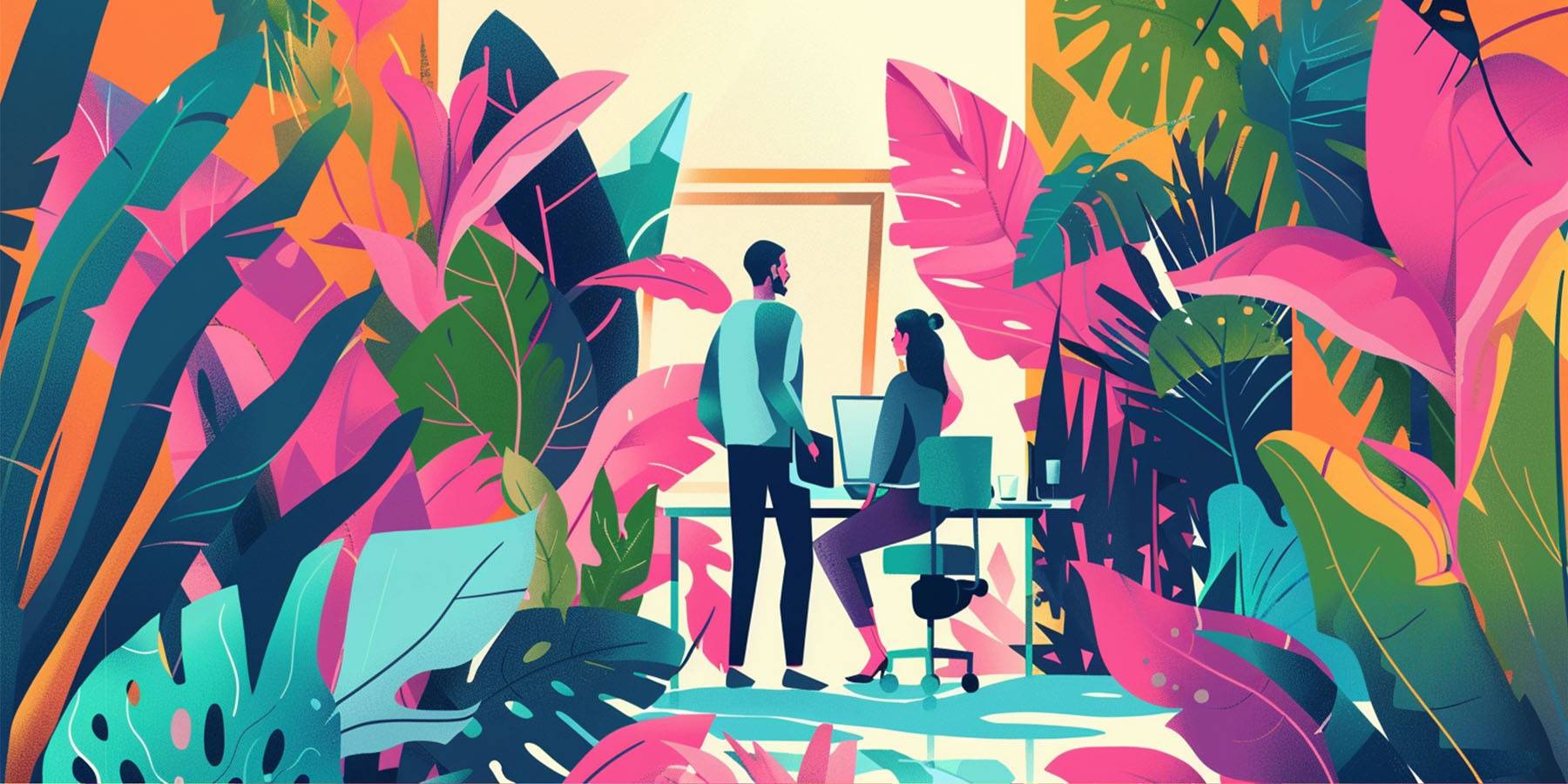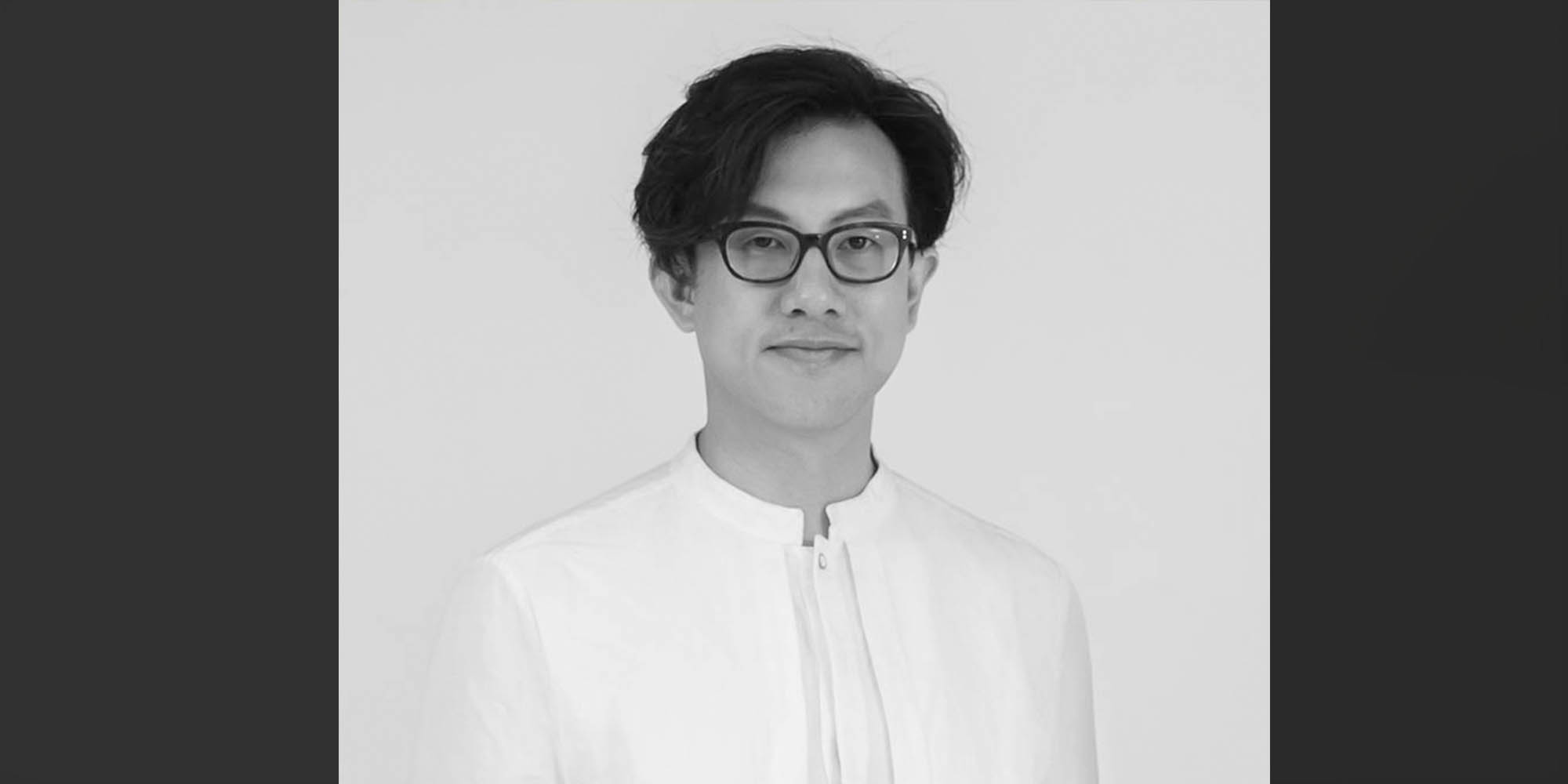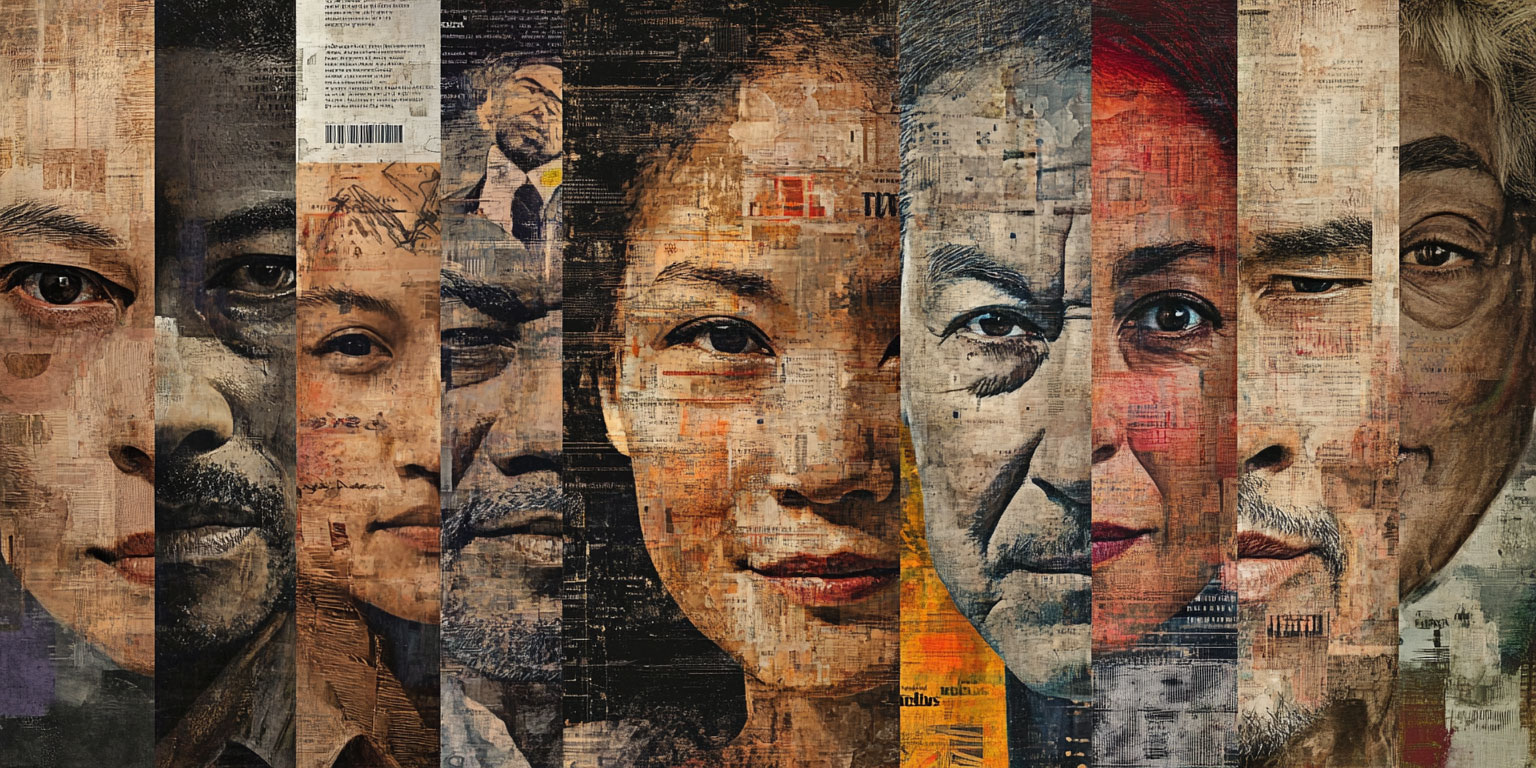In the competitive world of fashion, gaining media coverage can significantly boost a designer’s profile, credibility, and business. However, understanding what editors look for when selecting designers to feature is crucial for securing these valuable placements. This article delves into the insights shared by fashion editors, revealing the key factors that influence their decisions and offering practical advice for designers aiming to capture their attention.
Understanding the Role of Fashion Editors
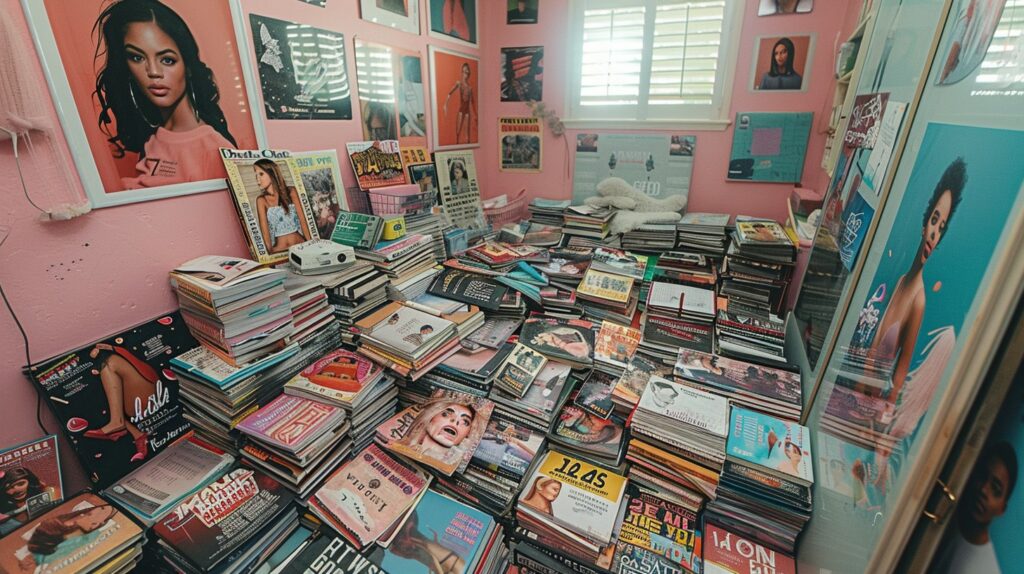
Fashion editors play a pivotal role in shaping public perception and trends within the industry. They curate content for magazines, online publications, and other media outlets, deciding which designers, collections, and stories are showcased to their audiences. Their decisions are influenced by a combination of editorial vision, audience preferences, and market trends.
The Editorial Vision
Editors have a clear vision for their publication, which includes a distinct style, tone, and thematic focus. This vision guides their selection process, ensuring that all featured content aligns with the publication’s brand identity. Understanding the editorial vision of a target publication is crucial for designers seeking to be featured.
Audience Preferences
Fashion editors must cater to the tastes and interests of their readership. They consider what their audience values, whether it’s avant-garde designs, sustainable fashion, or luxury trends. A deep understanding of the target audience can help designers tailor their pitches to better align with what editors are looking for.
Market Trends
Staying ahead of market trends is essential for fashion editors. They seek to feature designers who are innovative and on the cutting edge of fashion. Demonstrating an awareness of current and upcoming trends can make a designer more appealing to editors looking for fresh and relevant content.
Key Factors Editors Consider When Featuring Designers
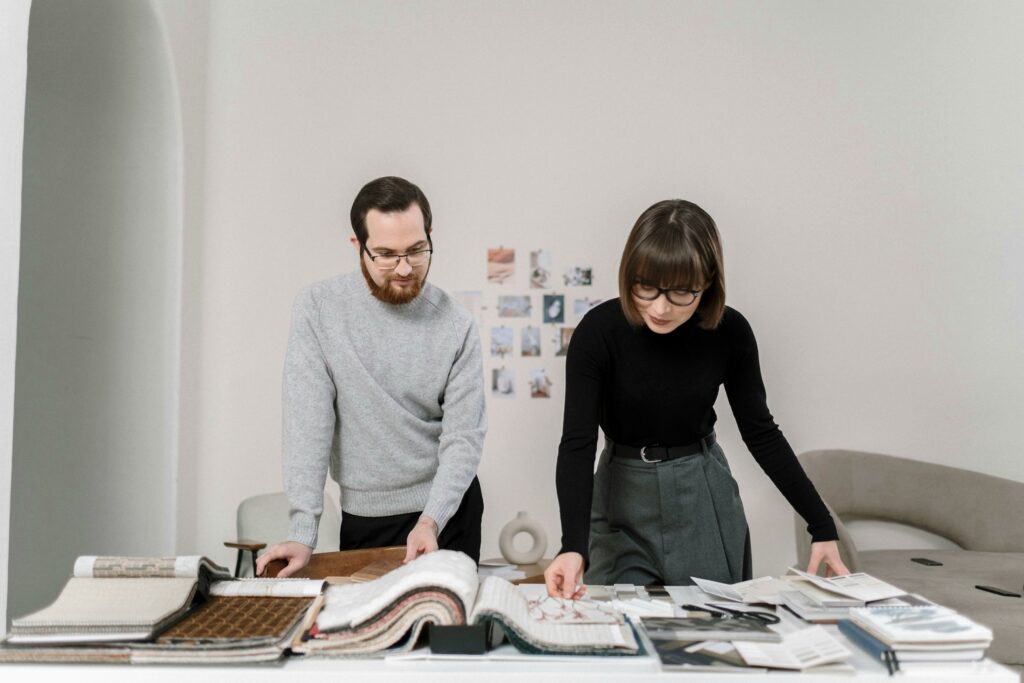
Originality and Creativity
One of the foremost factors editors consider is the originality and creativity of a designer’s work. Editors are always on the lookout for unique perspectives and innovative designs that stand out in a crowded market. Designers should strive to highlight what makes their work distinctive and how it contributes to the fashion landscape.
Quality and Craftsmanship
High-quality craftsmanship is essential for catching an editor’s eye. Designers need to showcase their attention to detail, the quality of materials used, and the skill involved in their creations. This can be effectively communicated through professional photography, detailed descriptions, and behind-the-scenes content that highlights the design and production process.
Cohesiveness of the Collection
Editors look for collections that tell a cohesive story. Each piece should contribute to a unified vision, demonstrating the designer’s ability to create a harmonious and compelling narrative through their work. Clear thematic elements and a consistent aesthetic can make a collection more attractive for feature consideration.
Brand Story and Identity
A strong brand story and identity can set a designer apart. Editors are interested in the narrative behind the brand – the designer’s inspiration, journey, and values. Crafting a compelling story that resonates with the publication’s audience can increase the likelihood of being featured. This story should be authentic and clearly communicated in all materials provided to the editors.
Relevance and Timeliness
Relevance and timeliness are crucial. Editors look for collections that resonate with current cultural moments, trends, or seasonal themes. Designers should stay informed about industry happenings and consider how their work fits into the broader fashion conversation. Timely pitches that connect with ongoing trends or upcoming events are more likely to catch an editor’s attention.
Practical Tips for Designers
Research and Targeting
Designers should thoroughly research potential publications before making contact. Understanding the editorial vision, target audience, and past features can help tailor pitches effectively. It’s important to target the right editors and publications whose focus aligns with the designer’s style and ethos.
Crafting a Compelling Pitch
A well-crafted pitch is essential. Designers should clearly articulate what makes their collection unique, relevant, and newsworthy. Including high-quality images, a concise yet compelling brand story, and relevant background information can make a pitch stand out. Personalizing the pitch to show an understanding of the publication and its audience can also enhance its effectiveness.
Building Relationships
Building and maintaining relationships with fashion editors can lead to more feature opportunities. Designers should network at industry events, follow editors on social media, and engage with their content. Consistent, professional communication and demonstrating genuine interest in the editor’s work can foster positive relationships.
Utilizing Social Media
Social media is a powerful tool for catching an editor’s attention. Designers should maintain active and visually appealing profiles on platforms like Instagram and TikTok. Regularly posting high-quality content, engaging with followers, and using relevant hashtags can increase visibility and attract media interest.
Preparing a Media Kit
A comprehensive media kit can make it easier for editors to feature a designer’s work. This should include high-resolution images, a detailed press release, a brand biography, and any relevant press coverage or accolades. A well-organized media kit demonstrates professionalism and makes the editor’s job easier.
Conclusion
Securing media features is a critical step for fashion designers looking to elevate their brand and reach a wider audience. By understanding what fashion editors look for – originality, quality, cohesiveness, a compelling brand story, and relevance – designers can better position themselves for media coverage. Practical strategies such as researching target publications, crafting compelling pitches, building relationships, leveraging social media, and preparing comprehensive media kits can enhance their chances of being featured. For designers committed to these practices, the rewards can be substantial, opening doors to new opportunities and propelling their careers forward.
Fashion designers should continuously seek to innovate and stay informed about industry trends, ensuring their work remains relevant and appealing to both editors and audiences. By doing so, they can effectively navigate the media landscape and achieve the visibility and recognition they deserve.

